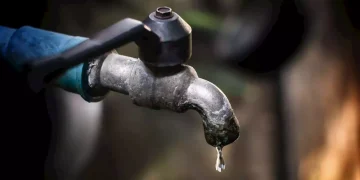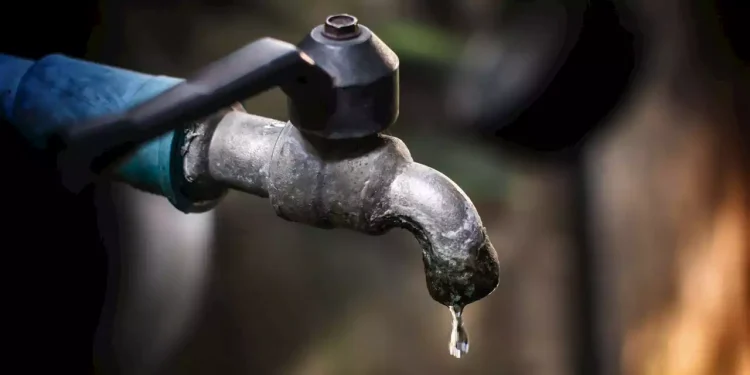By Ebi Kesiena
As power outages batter residents of South Africa and the residents already struggling without electricity for hours a day, many South Africans are now having to do without water leading to agitations in different quarters.
A power failure at a pump station feeding reservoirs and water towers caused taps to run dry in parts of Johannesburg and Pretoria, provincial utility Rand Water said this week.
This further aggravated resident who for months have had to plan mundane activities such as cooking and do laundry based on a daily blackout schedule.
Thomas Mabasa, a rail worker, said he had taken to showering at work a luxury not afforded to his children.
He was among frustrated locals who took to the streets in Soshanguve, a township north of the capital, this week to protest the situation.
Demonstrators disrupted traffic, blocking roads with stones and waste.
“Sometimes we wait to see if the water will come back in the middle of the night to wake the kids up so they can shower before it runs out again,” Mabasa said, as tyres burned on the street behind him.
Africa’s most industrialised economy has been crippled by record power cuts in the past year, as troubles at debt-laden state energy firm Eskom worsened.
The utility provides about 90 percent of the country’s electricity.
But for years it has failed to keep pace with demand as it struggles to maintain its ageing coal-powered infrastructure.
Water and sanitation ministry spokeswoman, Wisane Mavasa said the government was working with water utilities “to improve the situation”.
“(The) energy crisis is impacting the water infrastructure,” she said.
One problem is that machinery is constantly being restarted because of power cuts, and this accelerates breakdowns, the government said.
Pump stations and water-treatment, which need a steady flow of power to work properly, have been badly impacted, it said. Criminality has also contributed to the crisis, with Johannesburg’s municipality saying hundreds of water tanks were stolen or vandalised in 2022.




































